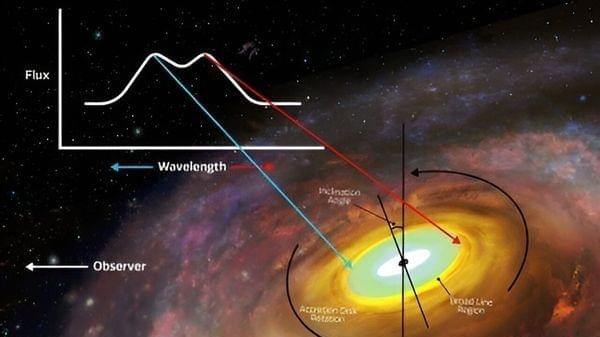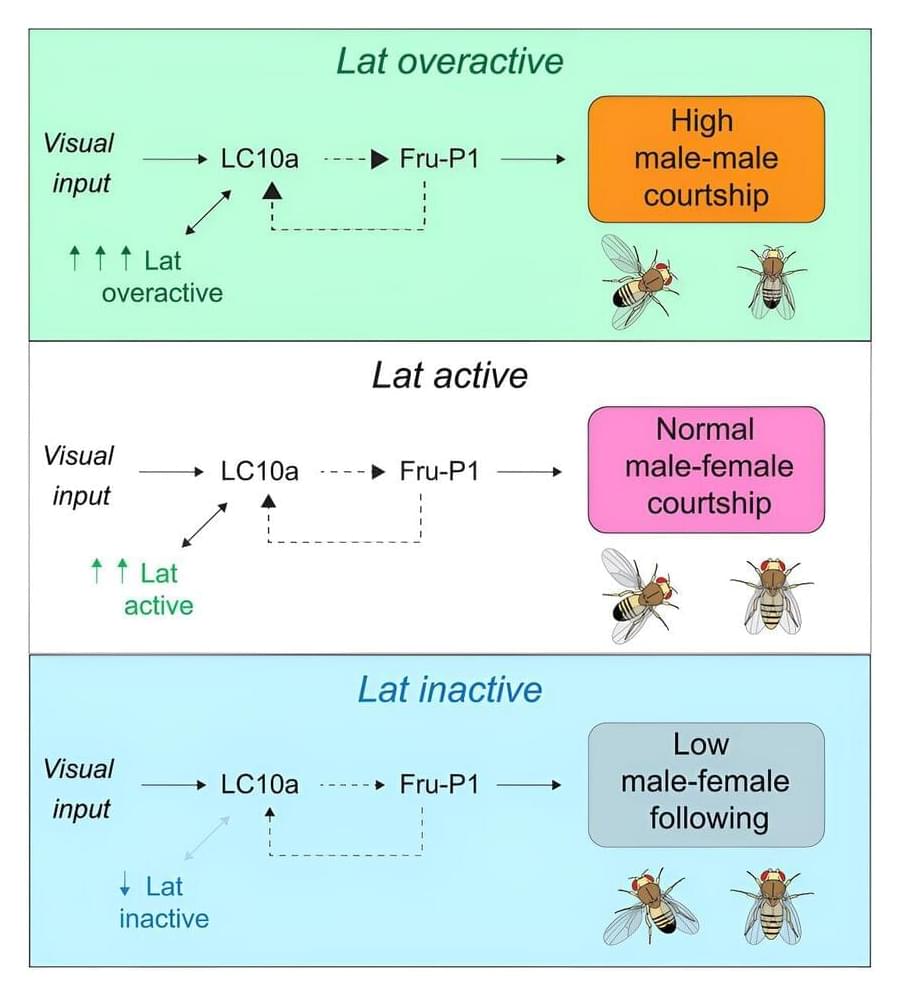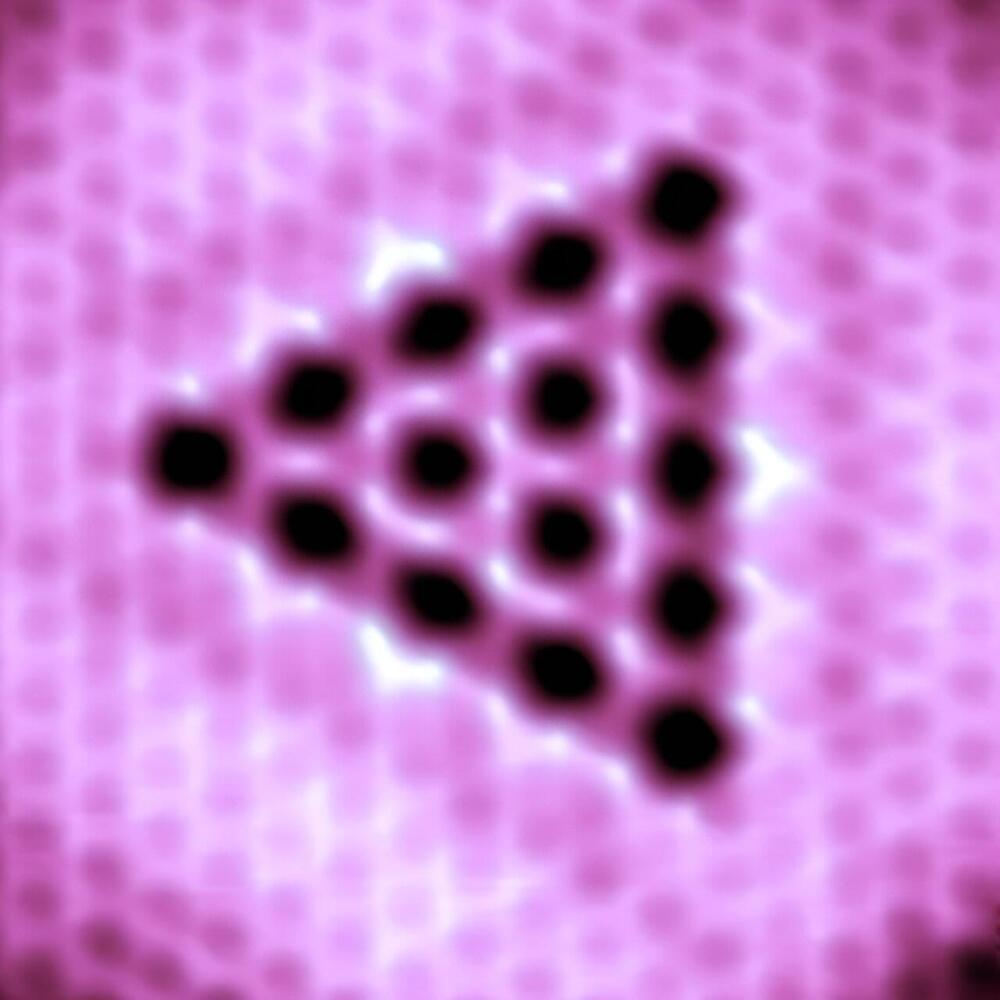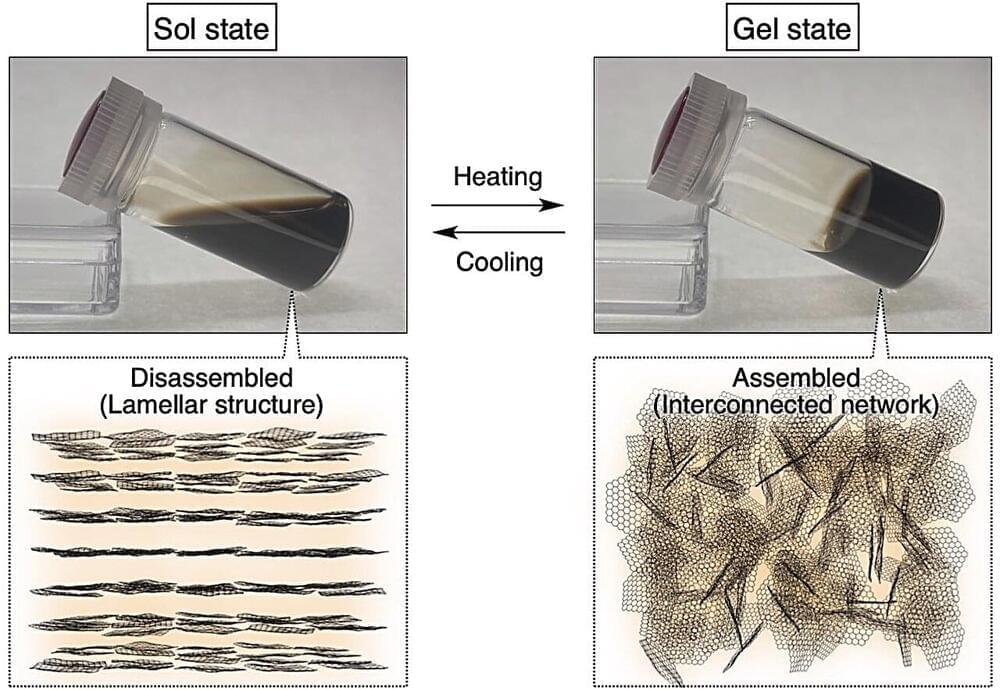Intel demoed a non-x86 chip with eight cores, 528 threads, and 1TB/s of optical I/O at Hot Chips 2023.


The novel photosynthetic biocomposite material is a 3D-printed structure made of a seaweed-based polymer combined with genetically engineered cyanobacteria to produce an enzyme that transforms various organic pollutants into benign molecules.

Summary: New findings challenge our understanding of fruit fly social behaviors. While traditionally thought to rely primarily on chemical receptors for social interactions, the fruit fly’s visual system plays a pivotal role too.
By manipulating the visual feedback neurons in male fruit flies, researchers discovered that their social inhibitions were altered, leading males to court other males. This novel insight can potentially enlighten our comprehension of social behaviors in humans, including those with bipolar disorder and autism.


Summary: Toddlers as young as 19 months old exhibit natural logical thinking, independent of language knowledge. This ability, manifesting as exclusion by elimination, allows toddlers to make conclusions about unknown realities by discounting known impossibilities.
Through analyzing gaze movement patterns in tests, they discerned this innate reasoning process. The study further found no significant differences between bilingual and monolingual toddlers, suggesting that this logic doesn’t hinge on linguistic experience.

Astronomers have observed the outer edge of a disk of matter surrounding a feeding supermassive black hole for the first time.
These observations could help scientists better measure the structures that surround these cosmic monsters, understand how black holes feed on those structures and put together how this feeding influences the evolution of galaxies that house such phenomena.

Male fruit flies don’t usually like each other. Socially, they reject their fellow males and zero in on the females they discern via chemical receptors—or so scientists thought.
New research from Cornell University biologists suggests the fruit fly’s visual system, not just chemical receptors, are deeply involved with their social behaviors. The work sheds light on the possible origin of differences in human social behaviors, such as those seen in people with bipolar disorder and autism.
The paper is published in Current Biology.

National University of Singapore (NUS) scientists demonstrated a conceptual breakthrough by fabricating atomically precise quantum antidots (QAD) using self-assembled single vacancies (SVs) in a two-dimensional (2D) transition metal dichalcogenide (TMD).
Quantum dots confine electrons on a nanoscale level. In contrast, an antidot refers to a region characterized by a potential hill that repels electrons. By strategically introducing antidot patterns (“voids”) into carefully designed antidot lattices, intriguing artificial structures emerge.
These structures exhibit periodic potential modulation to change 2D electron behavior, leading to novel transport properties and unique quantum phenomena. As the trend towards miniaturized devices continue, it is important to accurately control the size and spacing of each antidot at the atomic level. This control together with resilience to environmental perturbations is crucial to address technological challenges in nanoelectronics.

Graphene-based two-dimensional materials have recently emerged as a focus of scientific exploration due to their exceptional structural, mechanical, electrical, optical, and thermal properties. Among them, nanosheets based on graphene-oxide (GO), an oxidized derivative of graphene, with ultrathin and extra wide dimensions and oxygen-rich surfaces are quite promising.
Functional groups containing oxygen, such as carboxy and acidic hydroxy groups, generate dense negative charges, making GO nanosheets colloidally stable in water. As a result, they are valuable building blocks for next-generation functional soft materials.
In particular, thermoresponsive GO nanosheets have garnered much attention for their wide-ranging applications, from smart membranes and surfaces and recyclable systems to hydrogel actuators and biomedical platforms. However, the prevailing synthetic strategies for generating thermoresponsive behaviors entail modifying GO nanosheet surfaces with thermoresponsive polymers such as poly (N-isopropylacrylamide). This process is complex and has potential limitations in subsequent functionalization efforts.

North Korea-linked hackers have stolen hundreds of millions of crypto to fund the regime’s nuclear weapons programs, research shows.
So far this year, from January to Aug. 18, North Korea-affiliated hackers stole $200 million worth of crypto — accounting for over 20% of all stolen crypto this year, according to blockchain intelligence firm TRM Labs.
“In recent years, there has been a marked rise in the size and scale of cyber attacks against cryptocurrency-related businesses by North Korea. This has coincided with an apparent acceleration in the country’s nuclear and ballistic missile programs,” said TRM Labs in a June discussion with North Korea experts.